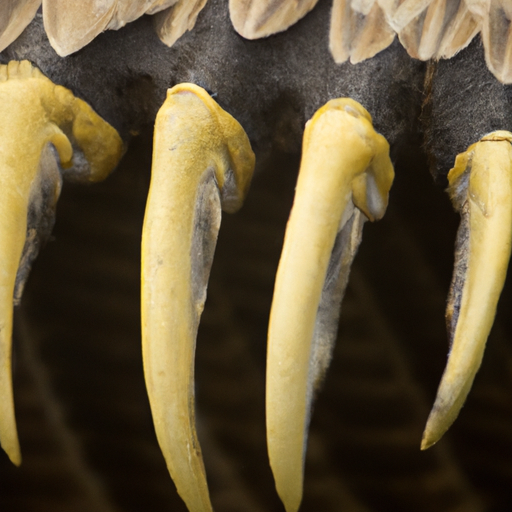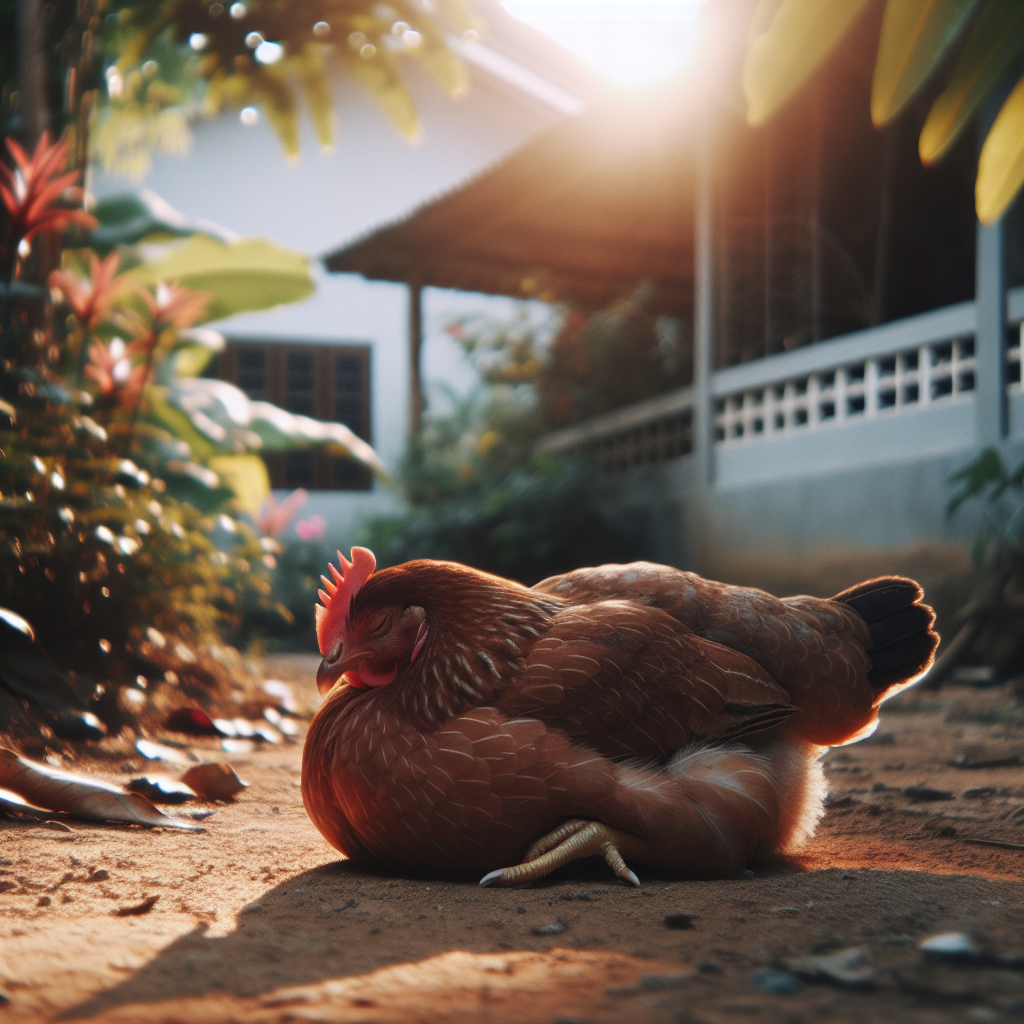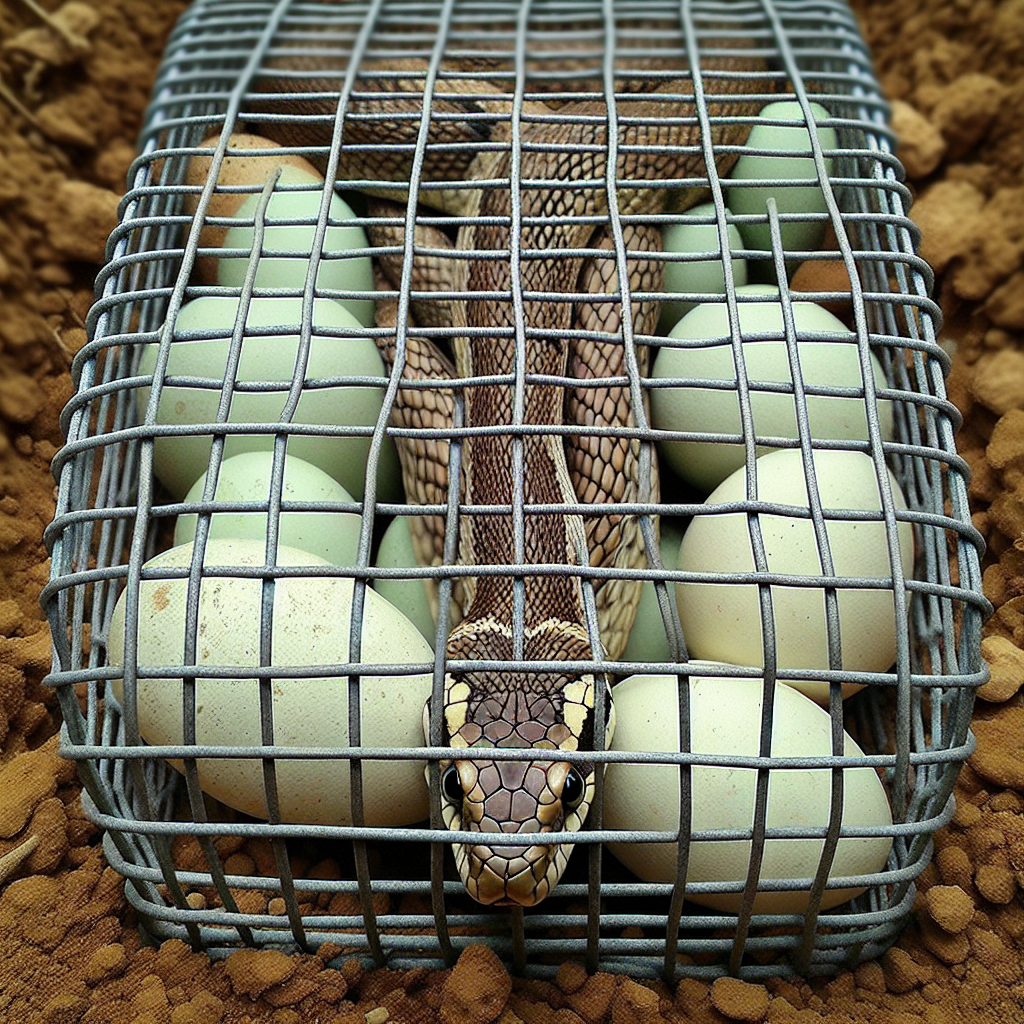Imagine being a proud owner of a flock of backyard chickens, eagerly waiting to collect fresh eggs every morning. However, lurking in the shadows are unseen threats, predators that can spell disaster for your beloved chickens. In this article, we will explore the primary predators that pose a danger to backyard chickens, equipping you with the knowledge to protect your feathered friends and keep them safe from harm. Whether you’re a seasoned chicken keeper or just starting out on your poultry-raising journey, understanding the potential threats that surround your flock is vital. So, let’s dive in and discover which predators are the most common threats to backyard chickens.
1. Canines
1.1 Domestic Dogs
Domestic dogs, a beloved member of many families, can unfortunately pose a threat to backyard chickens. While most domestic dogs are well trained and pose no harm to chickens, some dogs have a strong prey drive that may lead them to chase or even attack chickens. It’s important to properly train and socialize your dog to ensure they understand the boundaries of the backyard and are aware that the chickens are off-limits.
1.2 Coyotes
Coyotes are a common predator that can be found in both rural and suburban areas. These wild canines are known for their adaptability and resourcefulness, making them a significant threat to backyard chickens. Coyotes are skilled hunters and will readily target easy prey such as chickens. It is crucial to secure your chicken coop with sturdy fences and make sure there are no openings that coyotes can squeeze through.
1.3 Foxes
Foxes are clever and agile predators that are frequent visitors to suburban and rural areas. They are known for their cunning nature and ability to hunt small animals, including chickens. Foxes are particularly problematic during the breeding season when they are actively seeking food for their young. Protecting your chickens from foxes involves having proper fencing around your coop and using strong, secure materials to prevent them from gaining access.
2. Raptors
2.1 Hawks
Hawks are majestic birds of prey that can pose a threat to backyard chickens, especially for those free-ranging in open areas. Their sharp beaks and talons make them formidable hunters. While hawks primarily target smaller birds, they may seize the opportunity to go after chickens if given the chance. To protect your chickens from hawks, it is advisable to provide covered areas or shelters where chickens can seek refuge in case of an aerial attack.
2.2 Eagles
Although less common in residential areas, some regions may have eagles as a potential threat to backyard chickens. Eagles are powerful hunters with exceptional eyesight and strong beaks and talons. While they typically focus on larger prey like fish and small mammals, backyard chickens may become vulnerable targets if left unsecured. To deter eagles, consider using overhead netting or creating covered enclosures that restrict their access.
2.3 Owls
Owls are skilled nocturnal hunters that pose a threat to chickens, particularly during twilight hours when chickens are settling down for the night. These silent hunters have powerful talons and exceptional night vision, making them effective predators. To protect your chickens from owls, ensuring that their coop has secure fencing and a sturdy roof will help prevent owls from gaining access.
3. Felines
3.1 Domestic Cats
While domestic cats may be beloved pets, they still retain their natural hunting instincts. Even well-fed cats will often hunt small animals, including backyard chickens. Cats are stealthy predators that can easily sneak up on unsuspecting chickens. Keeping cats indoors or restricting their access to the backyard can minimize the risk they pose to your chickens.
3.2 Bobcats
Bobcats are wild felines found in many regions across North America. They are skilled predators and opportunistic hunters, making them a potential threat to backyard chickens. Bobcats are known to be more active during twilight and nighttime hours, so ensuring your chickens are secure in their coop during these periods can help mitigate the risk of an attack.
3.3 Mountain Lions
Mountain lions, also known as cougars or pumas, are large and powerful predators that primarily inhabit mountainous and forested areas. While they are generally elusive, in regions where mountain lions are present, they can pose a serious threat to backyard chickens. Fencing your coop with sturdy materials and ensuring there are no openings that mountain lions can exploit is crucial for protecting your chickens.
4. Mustelids
4.1 Weasels
Weasels, including species like stoats and minks, are agile and highly efficient predators. These small, carnivorous mammals have lithe bodies that allow them to navigate through tight spaces to access chicken coops. Weasels can squeeze through remarkably small openings, making it essential to use heavy-duty wire mesh with small gaps to secure your coop and protect your chickens.
4.2 Stoats
Stoats, also known as short-tailed weasels, are skilled hunters that pose a substantial threat to backyard chickens. They have a slender and flexible body that enables them to navigate through narrow gaps and tunnels. Stoats are particularly problematic because they often kill for sport, leading to the potential loss of multiple chickens in a single attack. Properly securing your coop with secure fencing and eliminating any potential entry points will help defend against stoat attacks.
4.3 Minks
Minks are semi-aquatic mustelids that are known for their excellent swimming ability. They are capable of infiltrating chicken coops by accessing them from bodies of water adjacent to your property. Minks can wreak havoc on a flock of chickens, causing significant loss if not properly deterred. Installing strong fencing and ensuring there are no access points near water sources can help prevent minks from preyi




